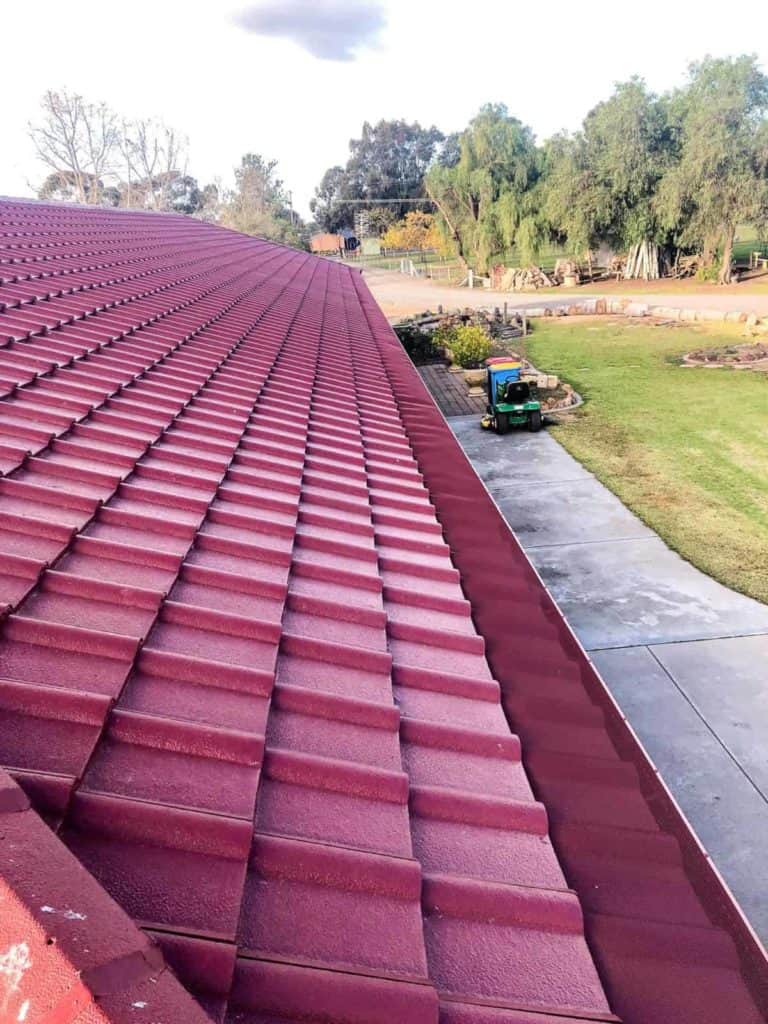Enjoy Clean Rainwater in Your Home
Rainwater is a good source of water for using on your garden, washing your clothes, flushing the toilet, and – if it’s properly treated or purified – for drinking and other household uses. The collection of rainwater can easily take place within cities and towns, not just in rural areas as some people may think. Rainwater is typically collected from the roofs of buildings and stored in rainwater tanks.
There are many benefits of catching and storing your rainwater:
There are many benefits of catching and storing your rainwater:
- It’s a good standby water source in times of emergencies such as power outages or during periods of extreme drought.
- It reduces the impact on aquifers, lessening the demand on sensitive or threatened aquifers (An aquifer is a permeable rock which can contain or transmit groundwater).
- Your plants will love the warm, soft, chlorine-free rainwater. Fewer minerals will also reduce wear and tear on your plumbing fixtures.
When thinking about harvesting rainwater, you need to think about how you’ll use the water, as this will determine the set up and filter of your tank. Will you be using the water inside the home? Or outside only? Filters provide extra confidence in your rainwater quality by filtering sediment, colour and odour from rainwater.
Clean Rainwater Requires Quality Gutter Guard Protection
However, regardless of what type of filter you’ll need, you will definitely need quality gutter guard protection to ensure your rainwater is as pure as possible when it comes down from your roof. Without gutter guards, you’ll constantly need to check the roof and guttering for debris, overhanging vegetation and bird droppings to make sure your roof remains clean.
Without gutter guards, your gutters can expect the following issues:
- Gutters can become riddled with cracks, holes, or rust spots throughout.
- Hangers don’t stay screwed in due to rotting or deteriorating fascia boards.
- Guttering sections won’t stay together or there is sagging.
- Discolouration on the underside of the gutter. This starts as a white powdery appearance, progressing through to obvious orange rust spots.
- Small blisters under the paint that gives the gutter or downpipe the feel of sandpaper.
- Obvious holes in the gutters or downpipes. These typically occur where the water is pooling.
Protecting your gutters will not only give you good quality rainwater, it will also:
- Gutters can become riddled with cPrevent the build-up of stagnant water in your gutters, which could otherwise back up and overflow into your home or serve as a breeding ground for insects.racks, holes, or rust spots throughout.
- Protect your safety - no more getting on the ladder and cleaning the gutters.
- Prevent the build-up of leaves and other debris in your gutters, reducing the risk of embers starting a fire by falling into the leaves on your roof.
- Remove potential nesting areas for birds and pests.








